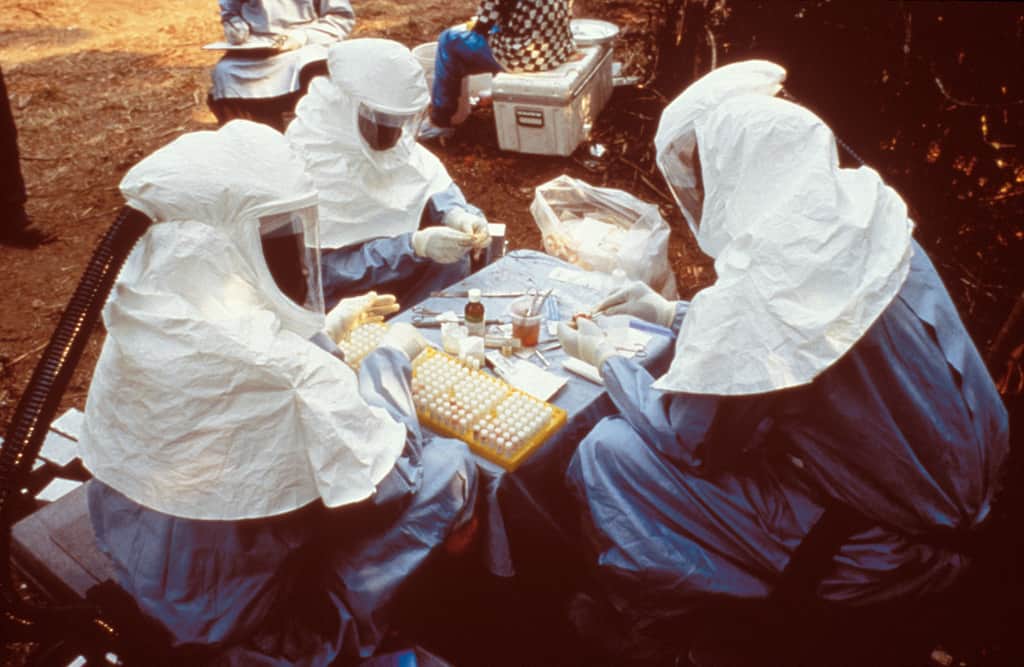March 13, 2015

Among the strategies under discussion for reducing falciparum malaria transmission, possibly leading to eradication, is adding a single low dose of primaquine (a drug used mainly to treat vivax malaria) or a related drug, to curative treatment with an artemisinin-combination therapy (ACT). Primaquine kills the blood-borne gametocyte stages, which, when ingested by mosquitoes, start the cycle for another round of infection when the mosquito bites again in 10 days. Gametocytes do not, however, cause malaria symptoms. A systematic review, co-authored by CDDEP Associate Director Hellen Gelband, confirms that the drug does reduce the numbers of circulating gametocytes, but whether it can reduce community infection levels is still an open question. Primaquine and drugs like it can sometimes precipitate a severe reaction, especially in people with G6PD deficiency, caused by a range of genetic variants common in Africa and other places where falciparum malaria is endemic. Because eliminating gametocytes is of no clinical benefit to the patient, there is a need to balance any potential community benefit with the potential for individual harm. [Cochrane]











